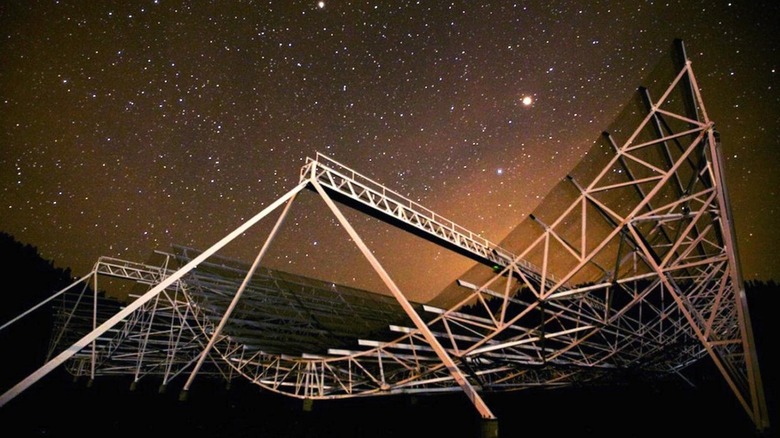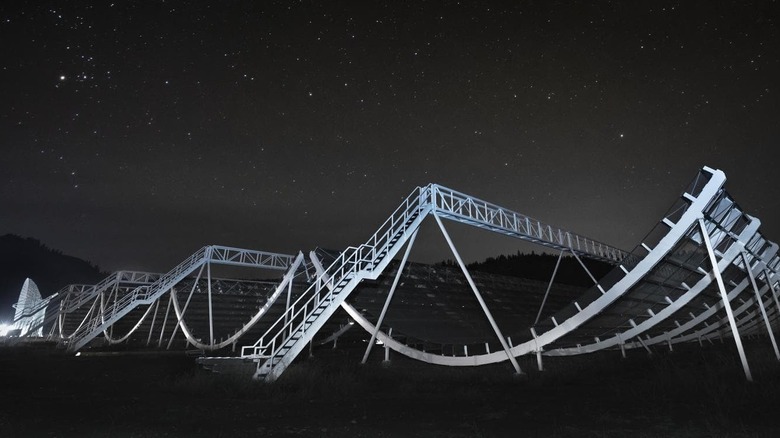Scientists Detect Radio 'Heartbeats' Coming From Deep Space
Fast Radio Bursts (FRB) are enigmatic events involving an extremely short-lived burst of bright radio waves from far away in space. And even though they generally last just a few seconds, they can produce enough energy in that duration as the Sun can muster in a whole year, according to NASA estimates. Scientists have now come across a rare kind of radio burst that is glimmering at a regular periodic pace, which is unusual for such events.
Unlike the average FRB which vanishes in the blink of an eye, the latest one dubbed FRB 20191221A lasts for around three seconds, which is over 1,000 times the usual lifetime of an FBR signal. The team — which includes experts from MIT as well as other institutions across Canada and the United States — also observed that this unique radio signal pulses with a frequency of 0.2 seconds, almost like a heartbeat that makes its presence felt at a cosmic scale.
Labeled as "the longest-lasting FRB, with the clearest periodic pattern, detected to date," the signal is coming from an unknown source that sits a few billion years away from the Earth, in an unspecified pocket of the universe. Daniele Michilli, a post-doctoral fellow at MIT's Kavli Institute for Astrophysics and Space Research, says the mysterious radio bursts likely come from a "magnetar or pulsar on steroids." The findings appear in a paper published in Nature.
Enigmatic signal, even more mysterious origins
Fast radio bursts don't normally follow a regular pattern of radio wave emission. It was only in 2020 that an oddity was spotted in the form of a radio burst with a periodic pattern, coming from a source nearly 500 million light years away. The discovery of FRB 20191221A also marked the first observation of an FRB where the signal of the radio waves appeared periodically.
"Not only was it very long, lasting about three seconds, but there were periodic peaks that were remarkably precise, emitting every fraction of a second — boom, boom, boom — like a heartbeat," said Michilli. "This is the first time the signal itself is periodic."
First picked up by the Canadian Hydrogen Intensity Mapping Experiment (CHIME) back in 2019, the weird radio burst in question looks similar to the emissions from radio pulsars and magnetars in the Milky Way galaxy. But there's a vast difference in intensity between the two. The FRB 20191221A radio burst is said to be a million times brighter than those coming from Earth's own galactic backyard. Scientists are speculating that the odd radio burst originated from a pulsar or magnetar surrounded by a turbulent plasma cloud.
A radio pulsar is a fast and extremely dense spinning neutron star, essentially the remnant of a dead star following a violent supernova explosion. A magnetar is also a neutron star, but it has a strong magnetic field that can be over a thousand times more powerful than the average neutron star. According to NASA, the strength of the magnetic field in a magnetar is such that "a marshmallow impacting the star's surface would hit with the force of a thousand hydrogen bombs."

